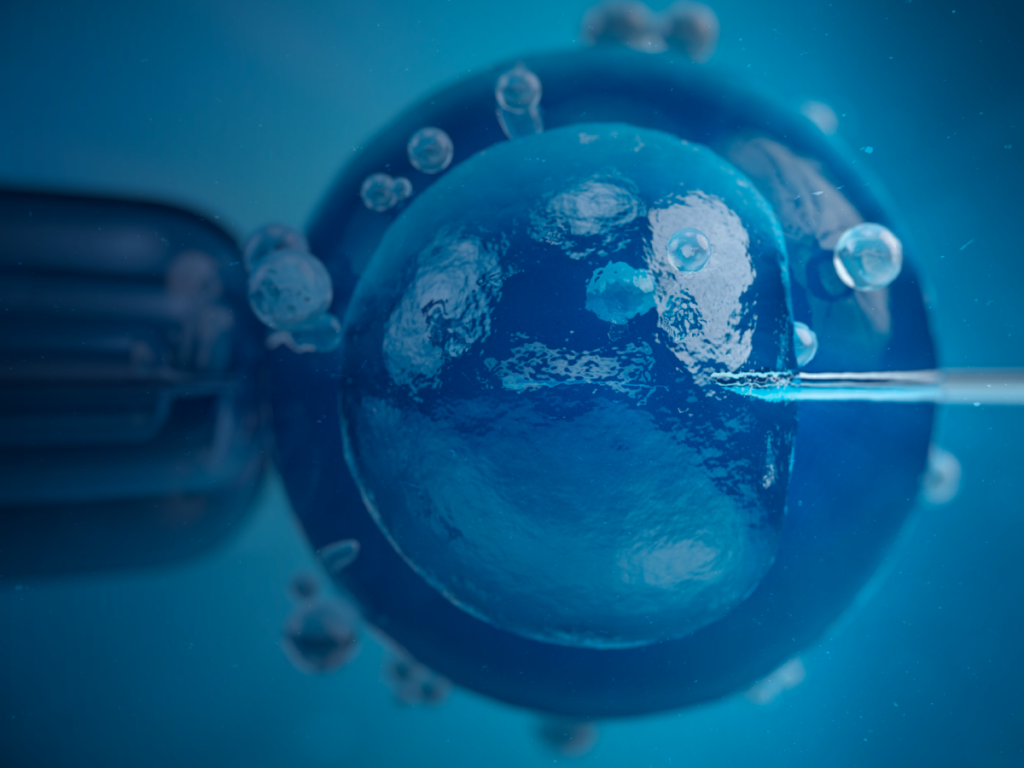As you may know, research in the field of Reproductive Medicine is one of the areas that has evolved the most in recent years, promoting and insisting more and more on the study of genetics to improve the selection of the best embryos and even the application of artificial intelligence.
Unfortunately, in assisted reproduction treatments, there is always a part that does not depend on science and is related directly to biological factors and the patient herself. In this sense, we still find In Vitro Fertilization (IVF) cycles that end with an embryo implantation failure. Although a good quality embryo is the best starting point for implantation, endometrial receptivity is essential for implantation to be successful.
But, before going on, we´d like to explain what implantation failure and endometrial receptivity mean:
- When we talk about implantation, we are referring to the adhesion of the embryo to the endometrium. Therefore, implantation failure occurs in In Vitro Fertilization treatment cycleswhen good quality embryos are transferred, but a pregnancy is not achieved.
- On the other hand, when we talk about endometrial receptivity, the first thing you should know is that the inside of the uterus is covered by a tissue called the endometrium. The endometrium is where the embryo implants and develops during pregnancy. The endometrium is receptive when it is ready for implantation to take place. This period of receptivity is what we call the window of implantation (WOI). Sometimes, we find that on the typical day of embryo transfer in an IVF cycle, the WOI is displaced.




